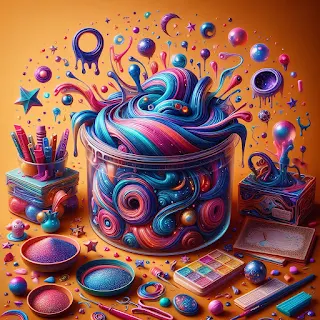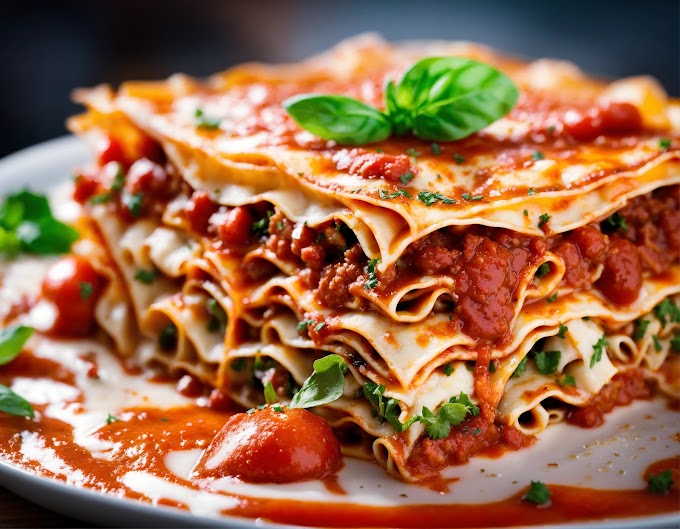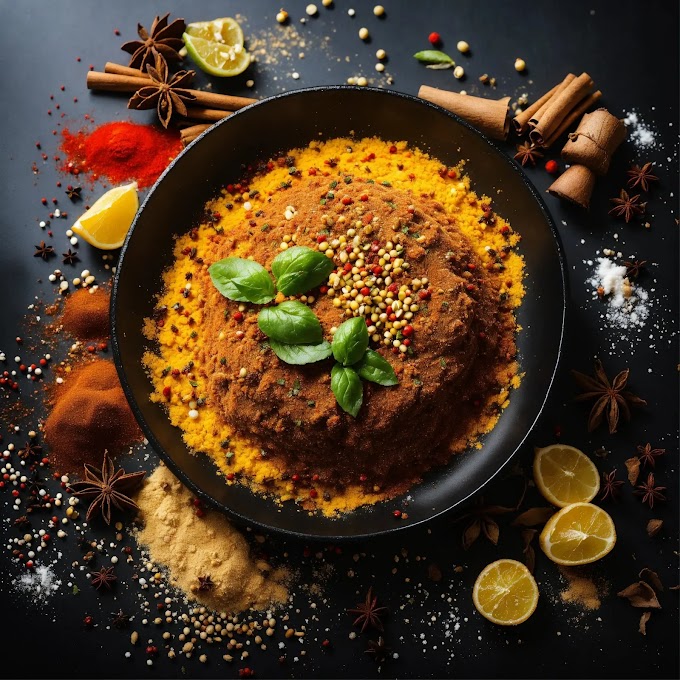Introduction:
Slime, with its gooey texture and endless possibilities, has become a sensation among DIY enthusiasts of all ages. From its captivating stretchiness to the plethora of colors and add-ins, making slime is a creative endeavor that provides both entertainment and sensory satisfaction. In this blog post, we'll dive into the world of slime-making, exploring various recipes, tips for success, and addressing common questions. Get ready to unleash your inner scientist and create your very own slime masterpiece!
Choosing Your Slime Base:
Classic Glue-Based Slime:
Ingredients: White or clear glue, borax or contact lens solution, water.
Texture: Stretchy and slightly rubbery.
PVA Glue and Liquid Starch Slime:
Ingredients: PVA glue, liquid starch.
Texture: Soft, stretchy, and less sticky than traditional glue-based slime.
Cornstarch and Water Slime (Oobleck):
Ingredients: Cornstarch, water.
Texture: Unique non-Newtonian fluid that is solid under pressure and liquid when relaxed.
Shampoo and Salt Slime:
Ingredients: Shampoo, salt.
Texture: Fluffy and malleable.
Clear Glue and Liquid Detergent Slime:
Ingredients: Clear glue, liquid detergent.
Texture: Clear and glossy slime with a smooth finish.
Tips for Successful Slime-Making:
Measuring Proportions:
Precision Matters: Follow the recipe closely, especially when it comes to the ratio of glue to activator. Too much or too little can affect the texture.
Mixing Techniques:
Stir Gradually: Add activator slowly while stirring continuously. This helps prevent over-activation and clumping.
Color and Add-Ins:
Creative Flair: Experiment with food coloring, glitter, beads, or small toys to customize your slime. Add-ins can enhance the sensory experience.
Storage and Maintenance:
Airtight Containers: Keep slime in airtight containers to prevent drying out. If your slime becomes too sticky, add a bit more activator.
Conclusions:
Making slime is more than just a DIY project; it's an opportunity for creative expression and sensory exploration. Whether you're a seasoned slime enthusiast or a first-time slime maker, experimenting with different recipes and techniques allows you to discover your preferred slime consistency and style. Embrace the playful and therapeutic nature of slime-making, share your creations with friends, and enjoy the endless possibilities that come with crafting your very own slime. Here's to the joy of squishing, stretching, and creating whimsical slime wonders!
Slime Recipe FAQs:
Can I substitute contact lens solution for borax in glue-based slime?
Answer: Yes, contact lens solution with boric acid can be used as an alternative to a borax solution for making slime.
How can I fix over-activated slime?
Answer: If your slime is too stiff, add a small amount of water or clear glue and knead it until the desired consistency is achieved.
Is slime safe for kids to play with?
Answer: Generally, slime is safe when made with non-toxic ingredients. However, adult supervision is recommended, especially for younger children.










Thank you for comments